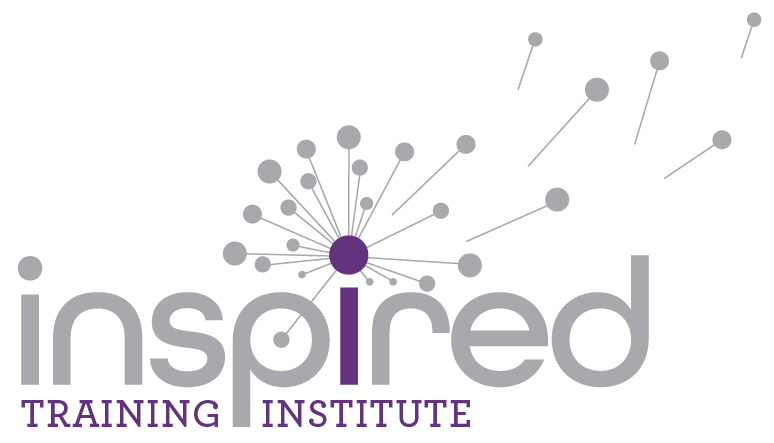Confessions of a Type A Professional
My first grandchild is due in July. I cannot wait to meet him.
His mother, my beloved daughter Samantha, has been encouraging me to continue slowing down, workwise, to be able to enjoy more time with my grandson once he gets here, which is something I am incredibly excited about. Gently, she cautions me that Type A people may be more likely to develop heart disease than other people, and she wants me to be well so I can enjoy a long life with him. Samantha is cleverly leveraging the boundless love I already have for my grandson to encourage continued healthy changes in my life.
I have taken her words to heart because I love her and because it’s necessary for me to make adjustments to accommodate a painful neurological condition called cervical dystonia, which I mentioned in this 2021 blog. As such, I have slowed down significantly – and rather reluctantly – over the last few years. I travel much less for work nowadays, and I limit the hours I work each day. Not to prove my daughter’s point or anything, but I now work about eight hours a day and only a handful of hours on weekends.
The Type A Diagnosis
I have not attempted to defend myself from my daughter’s Type A diagnosis because it seems accurate: ambitious, hardworking, lacking patience, perfectionist, “workaholic,” goal oriented, and fast paced. (Plus, this apparently unscientific quiz has confirmed that I am “Mostly Type A.”)
What’s interesting about Type A individuals like me is that these characteristics seem normal, partly because it’s the way we have always been but also because we tend to associate with other Type A people. I would submit that a large preponderance of my clients primarily demonstrates Type A behaviors (some of you are reading this and you know who you are).
Notably, we are also rewarded for the accomplishments that our Type A characteristics deliver at work. We experience satisfaction by getting the right things done well and quickly moving onto other important decisions, strategies, or tasks. We are skilled at working on multiple things at once, and we thrive under stress. We get praised, promoted, and compensated for our professional feats. We enjoy it all, so (even with health issues and a grandchild as motivators) it takes great effort and frequent, sometimes painful, reminders to slow down.
Journey toward Type B
Can a Type A person become a Type B person? Said more precisely, can a person with Type A behavior patterns slide far enough along the continuum to adopt predominantly Type B behavior patterns? I know that we can flex our MBTI® preferences and that we can aim our CliftonStrengths to optimize our performance, so I assume we can intentionally adjust our Type A/Type B behavior patterns, as well.
A healthy “be more Type B” goal for me – and perhaps for some of you – is to redefine fulfillment and success in a manner that is more relaxed, stress-free, and in tune with an inner sense of calm versus urgency. Using insights about myself based upon my MBTI type and my CliftonStrengths profile, I have identified the following action steps to move myself further along the continuum to Type B behavior patterns. My plan is to purposefully:
STOP overusing my “go-go-go” action-orientation (a feature of my Extraversion preference and my Activator Strength)
START regulating my achievement-orientation and reframing my desire to be working/busy all the time (features of my Achiever Strength, which I will address using my Perceiving preference)
CONTINUE examining the bigger picture and longer-term goals of my life (using my Intuition preference, Feeling preference, and Futuristic Strength) and focusing on managing my health and my time in ways that align with those longer-term goals (using my Strategic Strength)
Are you at a point in life or dealing with circumstances wherein it would be beneficial for you to move further along the Type A/Type B continuum in one direction or another? If so, get clear on the why, and then use your MBTI preferences and CliftonStrengths insights to develop a plan for yourself. Determine which behaviors you might stop, start, or continue to move whichever direction suits the professional goals and life balance you are seeking. And, as always, if you need assistance, we would be happy to help you.


